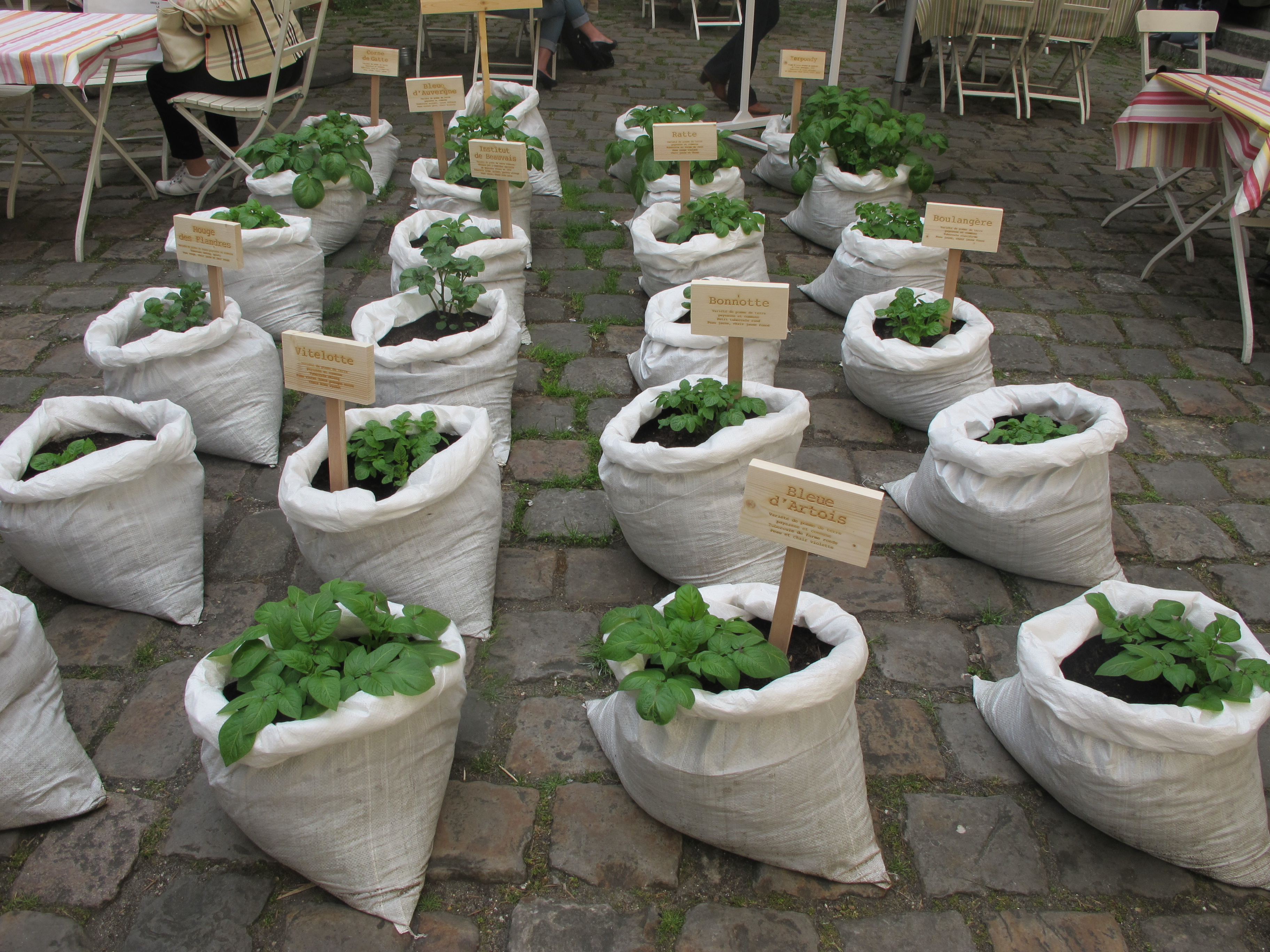In view of the upcoming climate conference, in Paris in 2015, that will take place during the first week of December, several climate friendly events are organized all around France.
Henrik Håkansson’s insects
Contemporary artists and nature:
The events started with an opening at the Swedish Institute in Paris, end of May, entitled “D’après Nature” or in the tracks of nature. Culture and art are often closely attached to nature. Artists have used it differently depending on the historical settings, but nature has often acted as support to illustrate man’s relation to himself. Three Swedish artists have taken on that role during this unusual exhibition.
I interviewed two of the three: Hanna Ljungh and Henrik Håkansson. Åsa Sonjasdotter’s installation with filled potato bags in the courtyard attracted a lot of attention as well.
Hanna Ljungh:
was born in 1974 in Washington DC and got her education from international art schools. She currently lives in Stockholm where she also attended Konstfack (a prestigious art school). Her work – pictures after collage and videos – represents mainly nature as “the other”, but also as a reflection.
– From where comes your interest in nature?
– Humans have a double relationship with nature: both as a resource and sentimentally. My interest is in the crossing line between the two. It can represent a nearly transcendental sensation when we’re feeling totally free. This is especially true for us Scandinavians who are true nature-lovers!
– How have you made the works of art you photographed in the triptych “Vivisection”?
They were made in my atelier using different materials. Like a vivisection of a piece of soil, they illustrate the passing of time, showing its different aspects. They’re also a mixture of natural and synthetic elements, resembling paintings more than photographs.
– What are the meanings behind the two dark photographs?
– Although they are reminders of Soulages black paintings, their plastic materials make them almost fetishists. As odd twins, one having a hardly discernable hair incorporated in it, as if one had a private story to tell and the other an official one.

Hanna Ljung’s Vivisection
A video where Hanna is filmed by a roaring waterfall and a river illustrates beautifully her relationship to nature. Both as a possibility to use nature to create electricity and to nourish our souls.
Henrik Håkansson:
Was born 1968 in Helsingborg but lives mostly in Berlin. His internationally recognized works reflect different momentums in nature.
– What is your link to nature?
– I approach nature nearly on a scientific level. My focus is primarily on the animals’ mode of behaviour.
– Are the photographs of insects you exhibit proof of that?
– One might say so. Swarm formations are natural. Insects show us how nature is changing therefore it’s essential to study these.
Is it related to climate changes?
– Yes, in as much as minor climate changes may lead to extreme weather forecasts. I observe both the positive and the negative and don’t judge but comment on society’s consumerism.
– What are you mainly interested in?
The scientific measures and research are my main interests.
Åsa Sonjasdotter:
Was born in 1966 in Berlin and lives between Berlin and Tromsjö in Norway. She’s been awarded prizes, following international exhibitions. Her installation of different kinds of potatoes is a reflection over our monocultures and their effects on the eco-system. The visitor also learns that in 1871 in Paris, potatoes were planted everywhere in parks and gardens all over the city to feed the revolutionaries who had taken control over the city. However it’s mainly a criticism of how different foods have become standardized and how that leads to an increase in allergies amongst others.
The Swedish National Day:
Was celebrated, 6 June, at the Invalides with bicycle instructions and competitions for children. In France “vélibs” – i.e bicycles for hire at different posts all around the cities – have become a national success. However special lanes still aren’t that common and helmets are more or less unheard off. Sweden offered to contribute by informing the citizens in those crucial questions.
Anne Hidalgo, Paris Mayor, has made improvements in that area by making some of the streets along the river Seine accessible for pedestrians and bikers only. But to get the Parisians to leave their cars at home and use the metros and/or busses that’s another matter…
During the summer there will be “planting performances”, sun chairs and sand transported to the riverbanks, outdoors’ swimming pools on houseboats, outdoors’ dance events and music festivals.
Anne Edelstam, Paris.



